Surfing the wave of last year’s Time’s Up movement, the 2018 Student Academy Awards feature a batch of outstandingly diverse directors and stories. With four of its eight nominated films shot outside of the United States (from mainland China to Haiti), the ripple effect of championing diversity and acknowledging minority voices in Hollywood can be felt all the way to this year’s recognition of young talent. That isn’t to say that the Student Academy Awards haven’t always been rather diverse (just look at our roundup from last year), but the expressly political nature of this year’s batch proves that fighting for social justice is the current state of mind—and for good reason! With this series, Merry-Go-Round will be highlighting all eight films nominated in the Live Action – Domestic category.
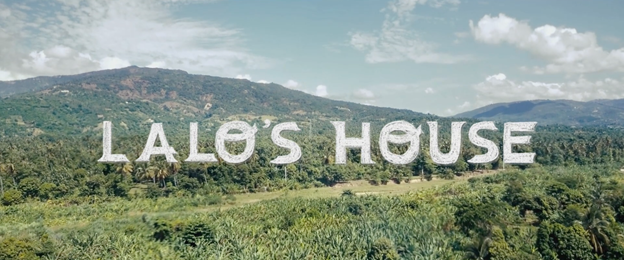
One can never overstate just how much blood, sweat, and tears goes into the creation of a student film. Students pour all their passion into films that are oftentimes taken for granted by the general public. So it comes as no surprise that one of this year’s Student Academy Award finalists didn’t just make a point of shooting outside their comfort zone, but taking principal photography to an entirely different country faced with recent hardships. Director Kelley Kalí’s USC thesis film, LALO’S HOUSE, was not shot in LA, nor was it shot in the director’s hometown, pushing the crew to tirelessly work in an entirely unfamiliar environment, and with a foreign language to boot. A tragic glimpse into a worldwide crisis, LALO’S HOUSE points its magnifying glass at the human trafficking and child prostitution that plagues not just Haiti, but the entire world.
So first thing’s first, how did you come to the story of LALO’S HOUSE?
I initially graduated from Howard University with a degree in anthropology. I always had an interest in stories about culture. I had gone to Haiti before the earthquake even hit, back when people would ask things like, “What part of Africa is that?” I went just to learn more about living conditions and the children there; I have a big passion for kids. After the earthquake, Haiti was on the map with everyone, and I went back to help. As I was there, I caught wind of this Catholic orphanage where this nun allegedly had been prostituting the children to foreign men who would fly to the country to have sex with children. As I investigated it, I found some hideous things centered around this. With the help of some people who spoke Creole, we interviewed grown men who didn’t want to be on camera because they were afraid of this woman. Apparently she had been running this as a business for 25 years. People called her a “mafia queen.” After years of going back and forth on my own, I used this footage that I gathered to apply to the University of Southern California. While I was there, I learned about the impact of narrative film, and how it can be used to enact social change. So my friend Yasemin [Yilmaz] and I teamed up to write this story around things I witnessed, or people that I interviewed witnessed. So it’s a series of true events mashed together into this one story called LALO’S HOUSE.
Where does the title come from?
From this Haitian folk song called “TI ZWAZO,” which means “Little Bird.” The lyrics go: “Little bird, where are you going / I’m going to Lalo’s House / Don’t go to Lalo’s House, they will eat you too” [sic]. So when I first heard these lyrics, I first thought, “Well, what is Lalo.” I then found out that she’s the Haitian version of the boogeyman, but female, who eats children. So I figured, well if that isn’t exactly the nun, the real woman who I investigated—a person who, in essence, is consuming the innocence of these children through sex traffic. So I likened the metaphor of this witchlike folklore character, Lalo, to the real woman.
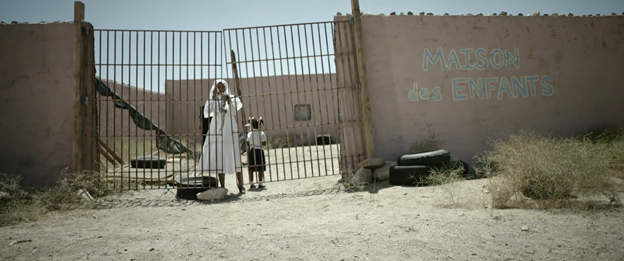
Did you do anything in film while at Howard University?
I combined my interest in anthropology and film while at Howard, which led me to my first internship at National Geographic. While I was there I learned that you can combine stories of social importance and be entertaining. It’s where I got the idea to pursue film further.
I have to ask… I spotted Jamie Foxx’s name in the credits. Can you explain what his connection to the project is and how that relationship assisted the film?
*Laughs* Okay, so this happened: When I was looking to cast the nun, I really wanted to cast Garcelle Beauvais. I had heard of her through THE JAMIE FOXX SHOW and other things. Recently she did SPIDER-MAN: HOMECOMING. She’s the biggest Haitian-American actress in the world. So when people asked me who I wanted to have play the nun, I said Garcelle Beauvais. People found that funny because she usually plays the girlfriend, or the beautiful mother. She’s so sweet and loving and doesn’t play dark roles. The reason I wanted her—and I told this to her when I met her—was because the perpetrators of human trafficking are never the people you expect. Things are never as they seem. So long story short, the reason Jamie Foxx is involved is because of her. I called up everyone I knew: USC friends, Howard friends, high school friends, and I finally found someone who knew some producer that knew her. After I met with Garcelle, she fell in love with the project and wanted to help make it by coming on as an executive producer. She really wanted us to shoot it in Haiti. We had only raised 20,000 USD, which wasn’t enough money to fly there at the time. She brought on her producing partner Lisa L. Wilson and they helped us raise the rest of the money to help shoot half the film in Haiti. One of the first large donors was her good friend, Jamie Foxx.
Congrats on getting that figured out!
I was about to make LA just look like Haiti—you know how we do—but we were really blessed by her involvement.
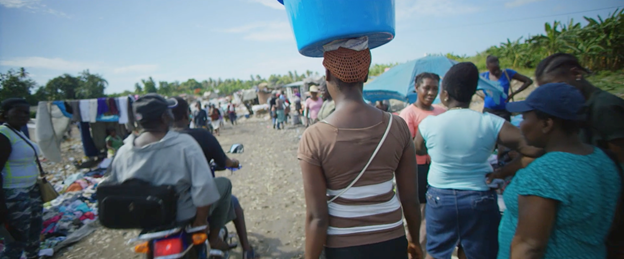
Can you explain your cultural background for the readers? How did you get to making a thesis film in Haiti?
I’m not Haitian so I always want to make that clear. I’m African-American: my dad is African-American and my mom is Irish-German. My dad is a baptist pastor, so I grew up in the black church. Howard University is also a historically black university, so my life is marinated in the black experience and culture. It was at Howard where I started to meet and make Haitian friends. I always had a passion for French and the cultures, and I wanted to learn more about Haiti and its history. It’s the only successful slave revolution. I mean, they successfully ran off Napoleon. Not once, but twice! So the history of this country always fascinated me. I did not go to Haiti looking for a story on child trafficking. That story just fell on my lap. It’s a story that just found me, and USC was a place that helped it come to fruition with the support of the faculty, my peers, and the prestige of the school to help bring important people on the project. After all, human trafficking is under our noses everywhere, not just in Haiti. Had I witnessed this in Sweden, I’d have made a movie there. It’s really a global issue that we all need to be concerned with.
Where was your crew from? Did you fly out your team from USC or did you work with locals?
Haiti is not an easy place to navigate. Nobody ever really hears of foreign crews coming to shoot there. Thankfully, the Ciné Institute (Haiti’s only film school) agreed to collaborate with us. Their students and faculty partnered up with us and we all worked together. I brought a skeleton crew to Haiti: one soundie, our DP, his gaffer, and assistant cameraman, and we paired people from the Ciné Institute with our team since we only had one representative from each department flying to Haiti. It was a really, really challenging thing to pull off. We couldn’t have made the film without the help of everybody.
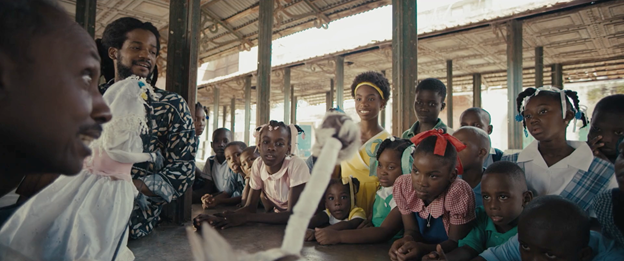
Speaking of locals, this brings me to your actors. Who were they and how did you find them? What was the process like casting children for such vulnerable and challenging roles? And, perhaps most importantly, did you direct in Creole or in English?
So Jimmy Jean-Louis, who plays the father in the film, is another huge Haitian actor. I called him one day to talk to him about the project and he sent me a text saying, “Hey, I found your Manouchka,” and it was this photo of this preteen girl, and behind her this little tiny girl peeking around her. I started to wonder if those girls could be Manouchka and Phara. So I texted back saying, “Wait, are these your daughters? Who are they? Can they act?” So it was a total coincidence. I had no idea that Jimmy Jean-Louis had daughters, and so I went to meet them. They are the most intelligent little girls. The older one already spoke French, the little one didn’t. But neither of them spoke Creole. But they learned Creole on set! We had an interpreter on set to help make sure the language was right. Jimmy and Garcelle would help too. My focus would be on body language, but I’d have to be interrupted if I’d think that a performance was good, but the Creole was incorrect. It was definitely really hard directing another language and with children. I mean, the young girl was a real five-year-old. In the opening scene where they run around Haiti, she got so many mosquito bites after the fourth take that she didn’t want to get out of the van anymore. So we had to wrap that day, and we lost money. It was hard, but the entire team was in it and kept it all together.
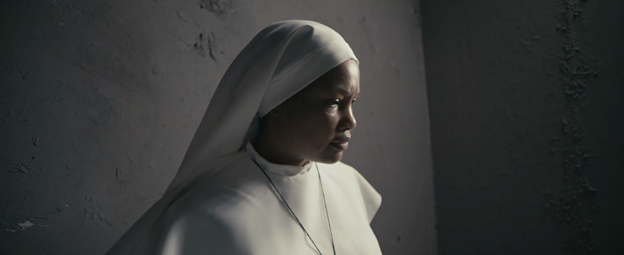
What were your visual references for LALO’S HOUSE? Were there any directors you were specifically inspired by or any films that helped shape the look and feel of this project?
It was sort of a mashup. I’m very inspired by Roberto Begnini’s LIFE IS BEAUTIFUL. I was really inspired by how he could make such an atrocious historical event so… beautiful? And I know that’s weird to say, but the way that story is told is unbelievable. He was making me laugh while they were in such dire straits. The way he ties up the ending and everything is fascinating. I had never seen a film make an atrocity so heartbreaking and still find beauty in all of it. So I watched that film a lot to study how he warms our hearts to these characters so that we keep rooting for them. That film was really the root of my inspiration. In terms of how I wrote the script, I actually read BRAVEHEART, believe it or not. The way the opening of that script is written, the descriptions and everything, it’s so beautiful. I didn’t know you could write scripts like that since they’re usually very bare bones. But it was so poetic and inspired me to open up and be free with my words. It really helped me paint the beauty of the world and ultimately convince people like Garcelle Beauvais.
If you could name one essential thing you learned in the making of this film, what would it be?
Just one? *Laughs* Your team is everything. Surround yourself with people who believe in your crazy vision, even when you start to doubt yourself. It’s that ebb and flow, doubts and beliefs, that helps a film continue on and be the best that it can be. Having the right people and getting that chemistry is what keeps you going as a filmmaker. Because it is challenging, even if you’re just shooting in one location in a cafe. It’s emotionally taxing. You pour your soul onto paper and hope it translates to film. Not everyone will trust your vision. They’ll ask you: do you really need to shoot in Haiti? Do you really need a five-year-old kid? But it was our team that got us through it. My producer, Victor Pourcel, got me through so much. My editor Jeremy Deneau, my God, got me through so much! When it’s all said and done, you need those people to push you through the muck and find the story, hearing everyone’s opinions and listening to everyone. It’s a team effort, and honestly, I’ll always build a team like that around me again.
LALO’S HOUSE went on to win silver at the 2018 Student Academy Awards. Catch it on the festival circuit this year, and keep your eyes peeled for more of Kelley’s work down the line!






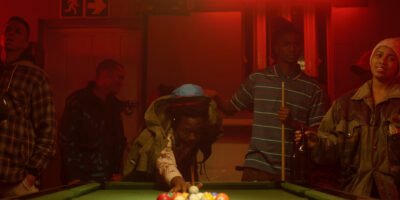
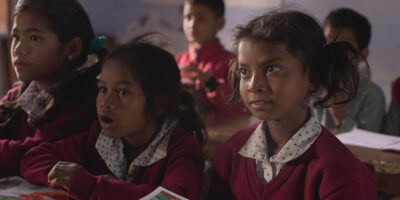
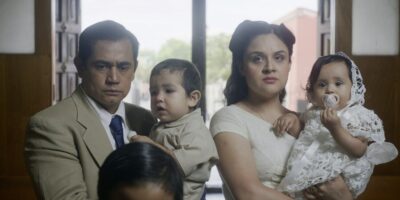
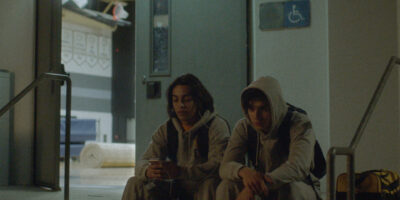
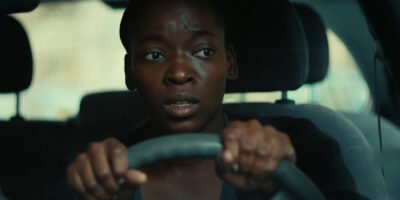





Comments